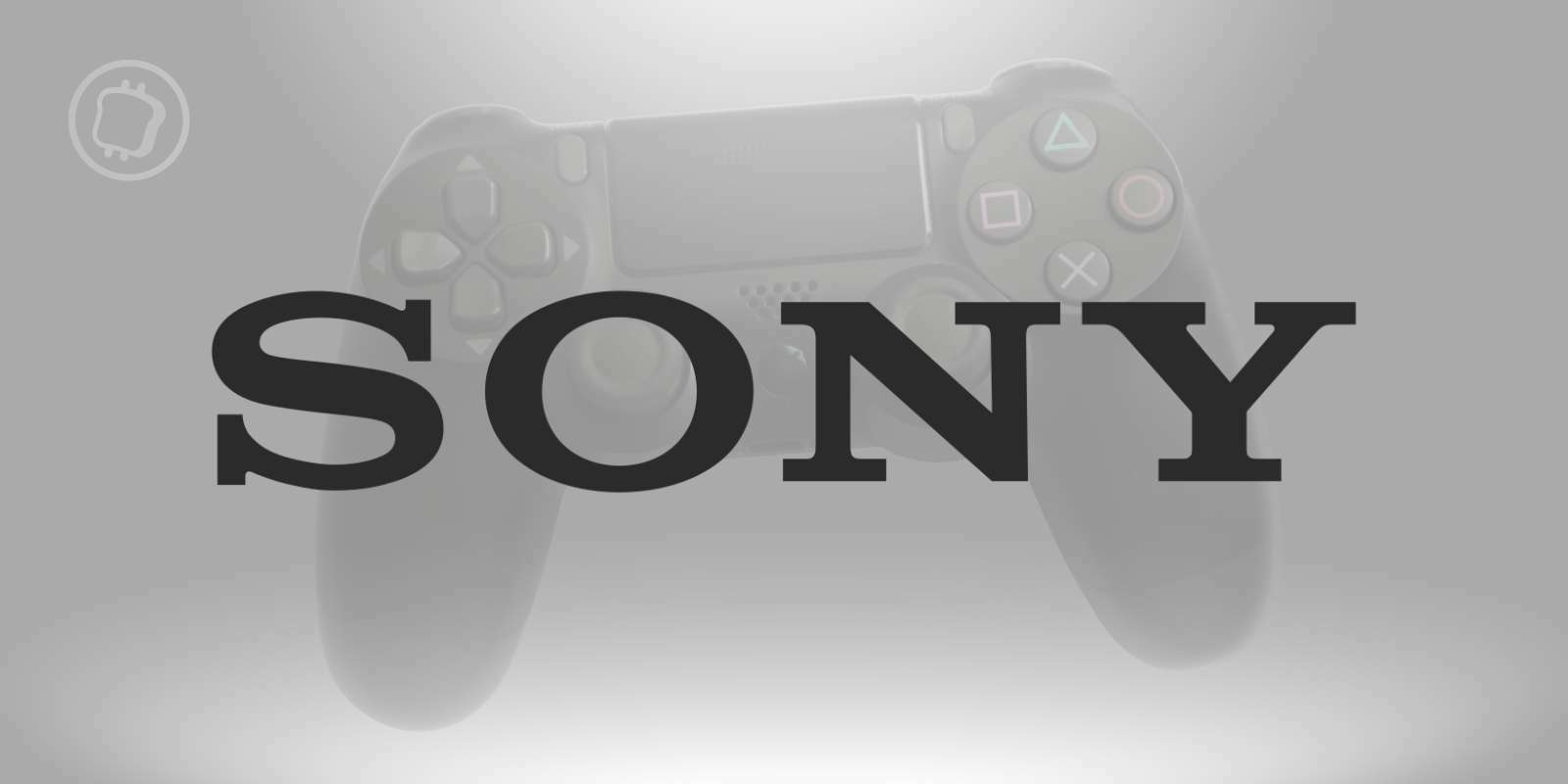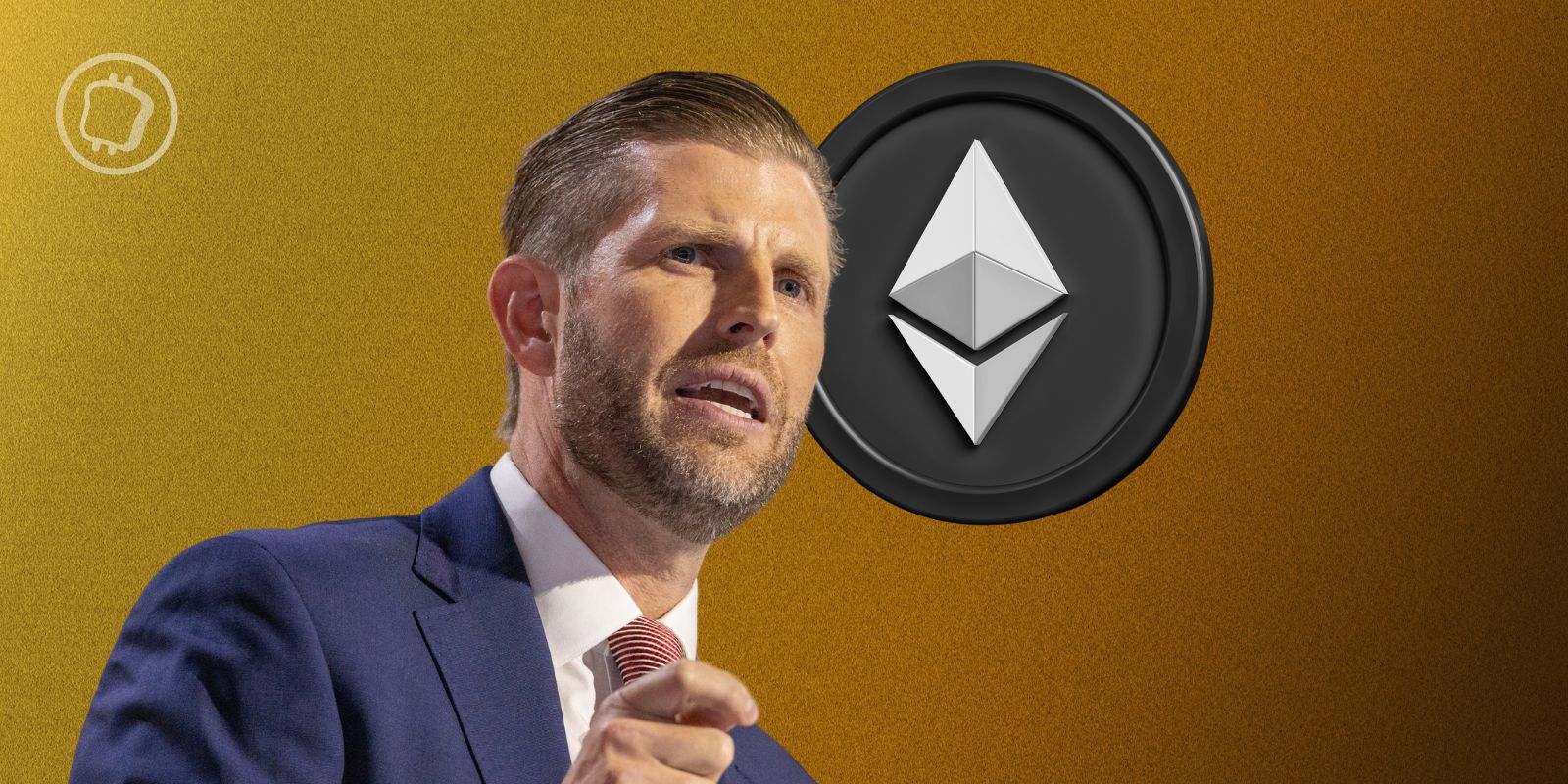As the gaming industry continues its breakthrough into Web3, the biggest video game companies want their piece of the pie. The manufacturer Sony (PlayStation) reveals in a patent its ambitions concerning the implementation of NFTs in its future video games.
Technology at the service of gaming at Sony
Today, when we get a virtual object in a video game, we are unable to resell it : Few games allow players to trade items with each other.
However, it would seem that Sony wants to transform this business model through blockchain technology. The company behind PlayStation and its ecosystem wants to use blockchain and NFTs to make the objects acquired in its video games unique.
Recently, a Sony patent from May 2021 was made public. Named ” Track digital assets using tokens on a distributed ledger », the document shows the firm’s interest in the tokenization of assets in the field of video games.
To achieve its goals, the Japanese company explains in detail how the proposed technology works, without using the terms blockchain and NFT:
“When the digital asset is created, a distributed ledger tracking the history of the digital asset stores its data across all devices. […] A new block can be generated in the distributed ledger, and appended to it, thus identifying the changes made to the history of the digital asset. The new block can include the hashes of previous blocks. »
These NFTs, called “ digital goods in Sony’s patent, can represent all sorts of in-game objectssuch as characters, their equipment, as well as images, audio recordings and videos.
These digital assets will be recorded and stored on the ” distributed ledger », synonym of blockchain.
👉 Find our guide to understand what NFTs are
The platform that simplifies trading
Buy crypto in minutes

Celebrities as levers of growth?
Despite the recent fashion effect around NFTs, their operation remains unknown to the general public. In addition, Sony faces a daunting challenge : how to convince your players to use NFTs?
According to them, the solution lies in celebrities: with NFTs, fans will be able to own a digital item that once belonged to their favorite stars.
Sony highlights in its patent one of the problems that NFTs can solve:
“Currently, in traditional video games, there is no way to differentiate a specific version of an item used by a famous gamer from another version of the item. »
However, with the implementation of NFTs, it will be possible to distinguish previously similar objects from each other thanks to the data recorded on the blockchain.
Let’s take an example: during an esports competition, a team of professional players uses and creates certain objects during their games. After the tournament, items acquired by the team can be shared or sold to their community.
Players will then be able to exchange their items among themselves: the blockchain will allow each player to verify the former owners of the objects present in the game.
Note that this patent is not Sony’s first step into Web3. The firm signed a partnership with Theta Labs last May to create NFTs that can be viewed in 3D on its “SR Display” stereoscopic tablet.
👉 Also in the news – Follow the FTX case in real time
Alyra, training to integrate the blockchain ecosystem ⛓️




Source: WIPO
Newsletter 🍞
Receive a summary of crypto news every Monday by email 👌
What you need to know about affiliate links. This page presents assets, products or services relating to investments. Some links in this article are affiliated. This means that if you buy a product or register on a site from this article, our partner pays us a commission. This allows us to continue to offer you original and useful content. There is no impact on you and you can even get a bonus by using our links.
Investments in cryptocurrencies are risky. Cryptoast is not responsible for the quality of the products or services presented on this page and could not be held responsible, directly or indirectly, for any damage or loss caused following the use of a good or service highlighted in this article. Investments related to crypto-assets are risky in nature, readers should do their own research before taking any action and only invest within the limits of their financial capabilities. This article does not constitute investment advice.










